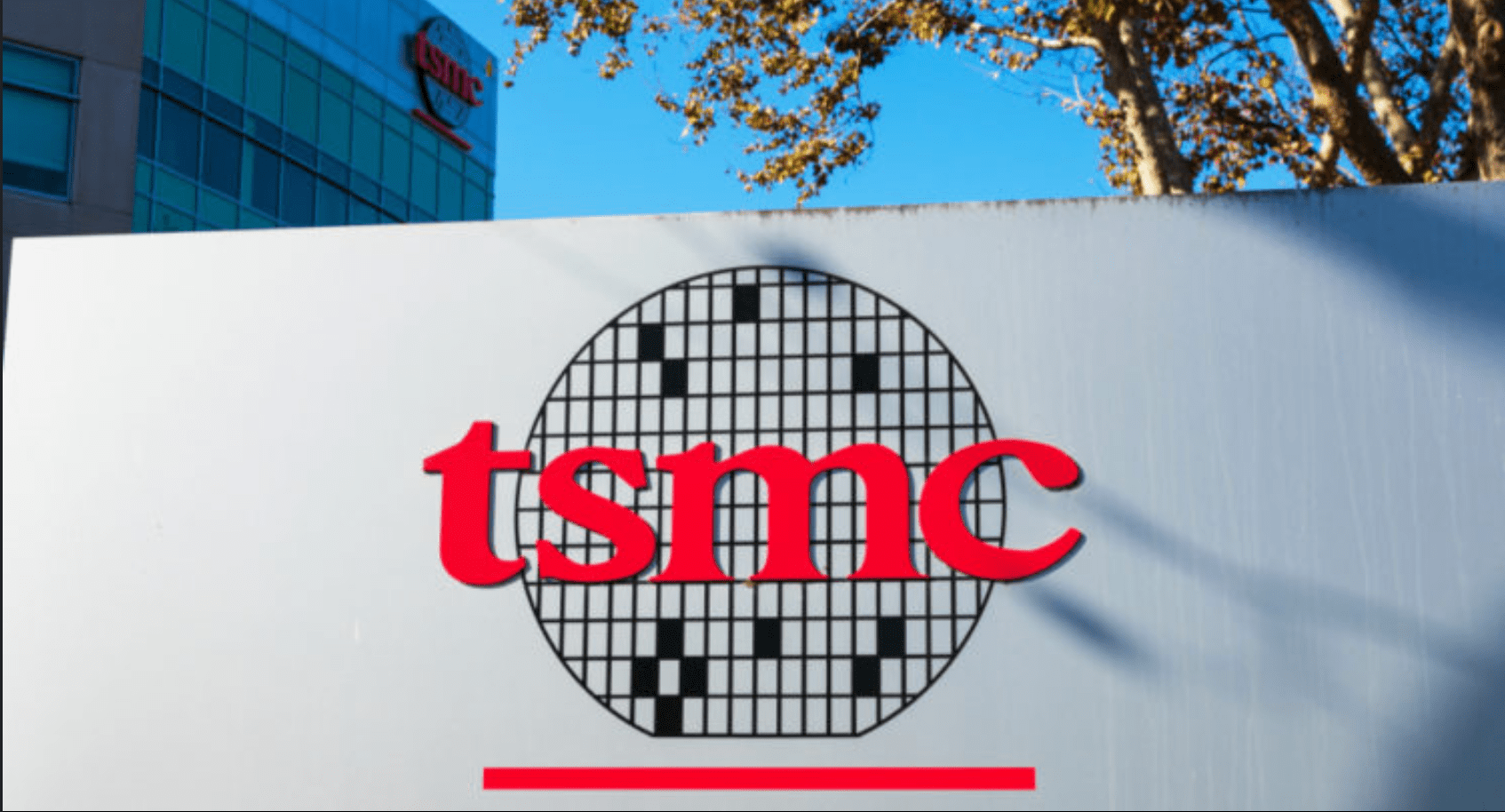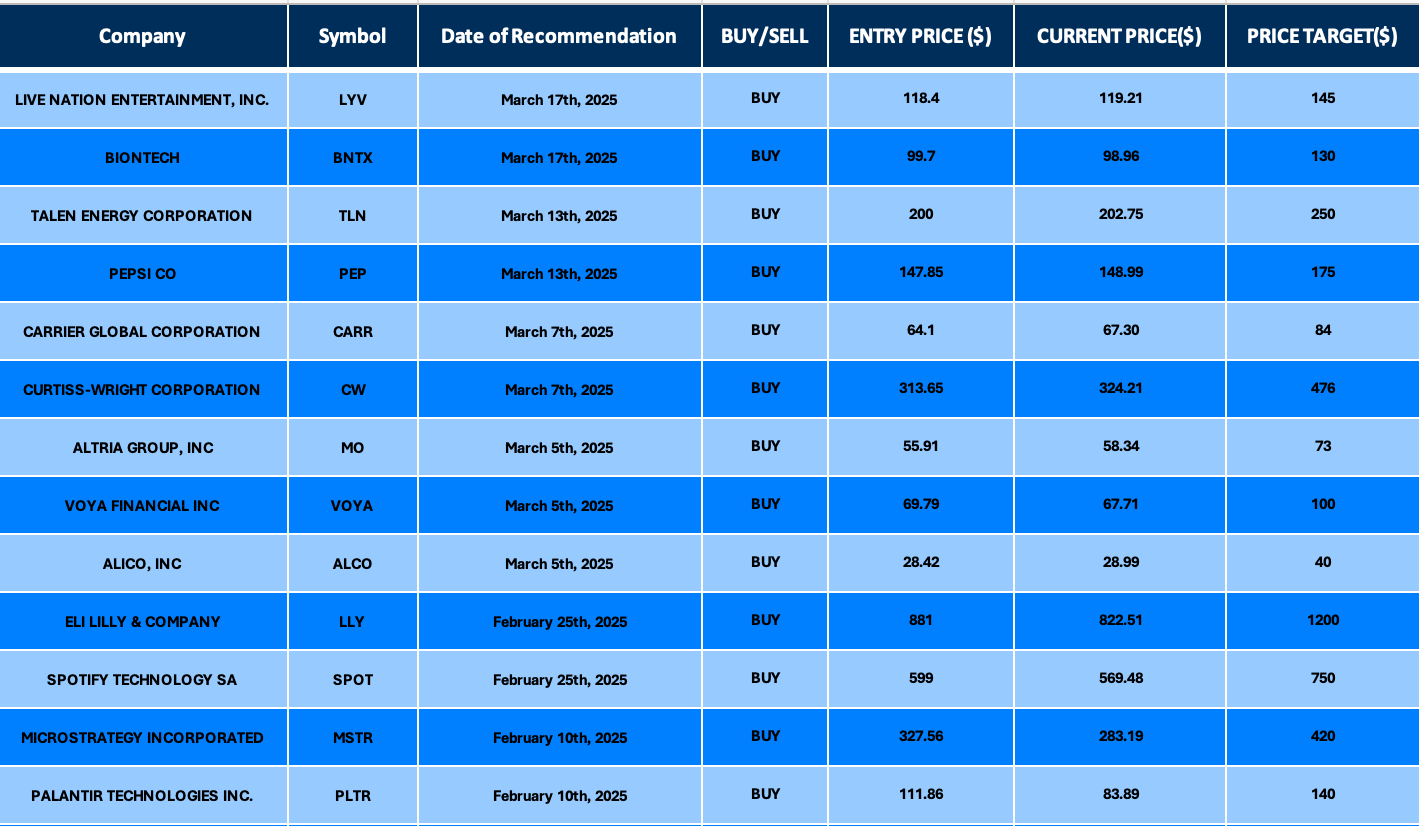
Date Issued – 10th April 2025
Preview
Markets staged a dramatic rebound this week as President Trump paused broad-based tariffs, fueling a 10% surge in the S&P 500—its biggest one-day gain since 2008—though fragility in bonds and policy uncertainty linger. Fast Retailing raised its profit outlook after a 33% jump in Q2 earnings, but tariff risks cloud the outlook. March CPI data is expected to show inflation easing to 2.5%, possibly the last such print before new trade measures reverse the trend. TSMC’s Q1 revenue soared 42%, driven by AI demand, outpacing forecasts despite geopolitical risks. Meanwhile, Chinese and Hong Kong equities climbed on stimulus hopes, even as Sino-U.S. tensions escalated with tit-for-tat tariffs.
Markets Surge After Tariff Reversal, But Fragility Remains
After a week of historic volatility, U.S. equities staged a dramatic comeback as President Trump’s partial rollback of sweeping new tariffs ignited a relief rally. The S&P 500 surged nearly 10% on Wednesday—its biggest one-day gain since 2008—following a sharp downturn that had pushed it to the brink of a bear market. The Cboe Volatility Index spiked to pandemic-era highs earlier in the week, reflecting deep investor unease. The turnaround came as Trump paused duties on most trading partners while maintaining pressure on China, signaling a potential revival of the so-called “Trump put.” However, the bond market remains jittery, with Treasury yields spiking amid forced liquidations, underscoring systemic fragility and the economic uncertainty stemming from erratic trade policy.
Investment Insight
The week’s extreme market swings reaffirm the heightened sensitivity of risk assets to policy volatility. While the rally suggests renewed investor faith in policy support, the lack of clarity on trade direction and the fragility in bond markets warn against complacency. Investors should remain defensively positioned, favoring liquidity and sectoral resilience, while monitoring policy cues as potential catalysts for both risk and recovery.
Fast Retailing Lifts Outlook as Uniqlo Profit Surges, Eyes Tariff Risks
Fast Retailing, the parent of Uniqlo, posted a 33% year-on-year jump in second-quarter operating profit to ¥146.7 billion ($999.9 million), well above analyst expectations, buoyed by strong global sales ahead of fresh U.S. tariff threats. The Japanese retailer raised its full-year profit forecast to ¥545 billion, citing robust overseas demand, particularly in North America and Europe, even as China—its largest overseas market—continues to slow. The upbeat earnings come amid rising macro uncertainty after President Trump’s sweeping tariff plan, which includes a 24% duty on Japanese goods, was temporarily paused. With over 2,500 stores globally and a supply chain rooted in Asia, Fast Retailing’s outlook remains vulnerable to geopolitics despite short-term momentum.
Investment Insight
Fast Retailing’s strong quarter and upgraded forecast highlight the strength of its global brand and operational scale. Yet the company’s exposure to U.S. trade policy and Asian manufacturing underscores rising execution risk. Investors should watch for profit margin pressures if tariffs materialize and assess the company’s ability to diversify sourcing and sustain growth in Western markets amid geopolitical headwinds.
March CPI May Mark Inflation Lull as Tariffs Threaten Fresh Pressures
The March Consumer Price Index (CPI), expected to show continued moderation in inflation, could be the final report reflecting easing price pressures before new tariffs reignite upward momentum. Forecasts point to headline inflation cooling to 2.5% year-over-year, down from 2.8% in February, with core CPI slipping slightly to 3.0%. However, economists warn that the data may already be outdated amid President Trump’s escalating trade measures, including a 125% tariff on Chinese goods and baseline duties on most countries. While the Fed remains cautious, the evolving tariff landscape is poised to complicate its inflation fight, potentially stalling the disinflationary trend seen in early 2025.
Investment Insight
March CPI may offer a short-lived reprieve for inflation watchers. With fresh tariffs likely to magnify cost pressures in the months ahead, especially in core components like goods and services, investors should prepare for renewed inflation volatility. Market expectations for near-term Fed rate cuts may need recalibration, reinforcing the case for inflation-resilient assets and a cautious approach to duration risk in fixed income portfolios.

TSMC Posts 42% Revenue Surge on AI Demand, Beats Forecasts
Taiwan Semiconductor Manufacturing Co. (TSMC) reported a 42% year-on-year jump in first-quarter revenue to T$839.3 billion ($25.6 billion), slightly ahead of analyst estimates and its own guidance. The world’s top contract chipmaker continues to capitalize on surging demand for AI-related chips, offsetting the post-pandemic slowdown in consumer electronics. Despite a one-time impact from a January earthquake, revenue remained resilient. TSMC shares rebounded 9.9% following President Trump’s temporary suspension of new tariffs, though year-to-date losses remain steep at nearly 20%. Investors now await full Q1 earnings and forward guidance on April 17 amid growing geopolitical and trade uncertainties.
Investment Insight
TSMC’s robust top-line growth underscores its pivotal role in the AI supply chain and its resilience to cyclical headwinds in broader tech. However, with tariff risks still looming and Taiwan’s strategic position in global trade under scrutiny, investors should monitor geopolitical developments closely. The stock’s recent rebound may offer selective entry points, but long-term positioning should account for both AI-driven upside and policy-driven volatility.
Market price: Taiwan Semiconductor Manufacturing Co Ltd (TPE: 2330): TWD 863.00
Markets Eye Stimulus as U.S.-China Trade Tensions Escalate
Investor sentiment in Asia turned cautiously optimistic despite U.S. President Trump’s escalation of tariffs on Chinese imports to 125%, with Beijing swiftly retaliating by lifting its own duties to 84%. While the tariff standoff between the world’s two largest economies intensified, equity markets in China and Hong Kong posted gains, buoyed by hopes of domestic stimulus and signs of state-backed buying. Analysts noted that China’s reduced export dependence on the U.S. and policy preparedness have limited downside risks for Chinese equities. However, the broader investment landscape remains volatile as trade negotiations remain strained and the long-term economic impact of tariffs grows more pronounced.
Investment Insight
The resilience of Chinese and Hong Kong equities amid rising tariffs reflects investor confidence in Beijing’s ability to cushion economic shocks through targeted stimulus and policy levers. Yet, the durability of this rebound hinges on the trajectory of U.S.-China negotiations. Investors should brace for headline-driven volatility and focus on structurally sound sectors—such as high-growth internet and undervalued SOEs—while maintaining a balanced exposure given the heightened geopolitical risk.
Conclusion
This week’s whirlwind of market moves underscores the delicate balance between policy shifts and investor sentiment. While equities rallied on tariff pauses and strong corporate earnings, underlying risks remain—from inflation re-acceleration to geopolitical flashpoints. As trade tensions between the U.S. and China deepen and macro uncertainties mount, markets may stay headline-driven and volatile. Investors are repositioning around resilience: AI beneficiaries like TSMC, defensive plays amid sticky inflation, and sectors poised to weather policy shocks. With central banks in wait-and-see mode and stimulus expected in Asia, the path forward hinges on diplomacy, data, and the durability of global economic momentum.
Upcoming Dates to Watch
- April 10th, 2025: US CPI
- April 11th, 2025: US PPI
- April 16th, 2025: Industrial Production
Find below some of our Buy/Sell Recommendations. Balfour Capital Group is a distinguished global boutique investment management firm with $350 million AUM and over 1000 Clients.

Disclaimer: This post provides financial insights for informational purposes only. It does not constitute financial advice or recommendations for investment decisions.




